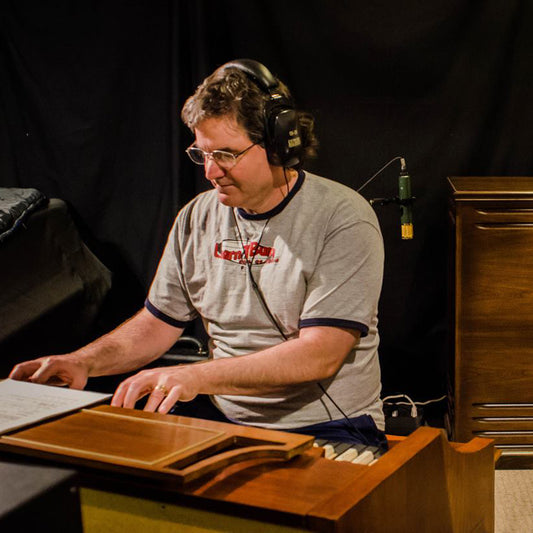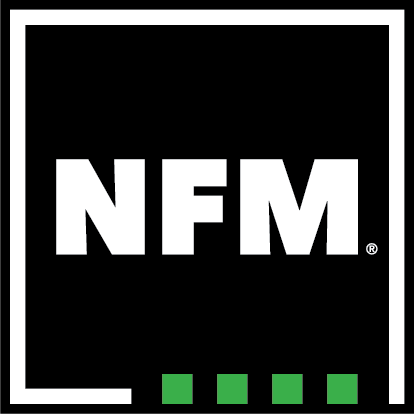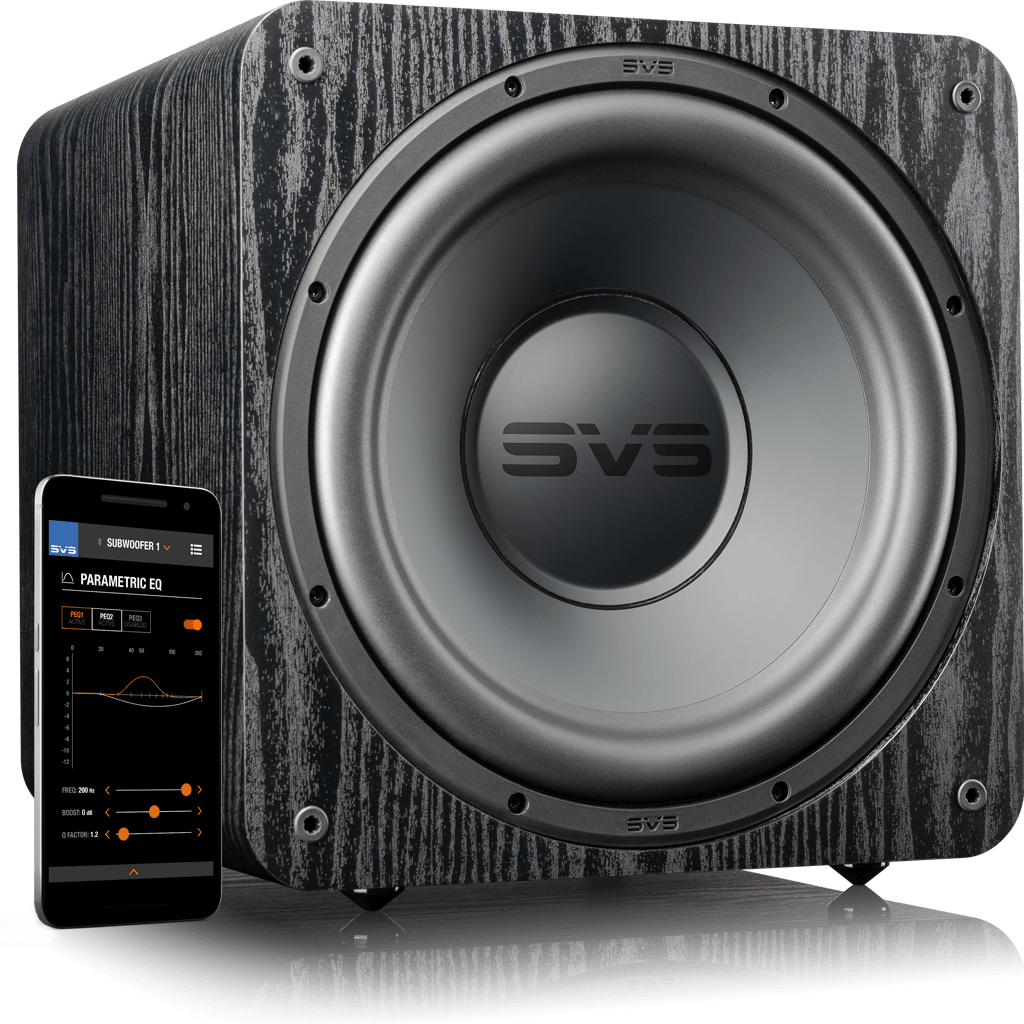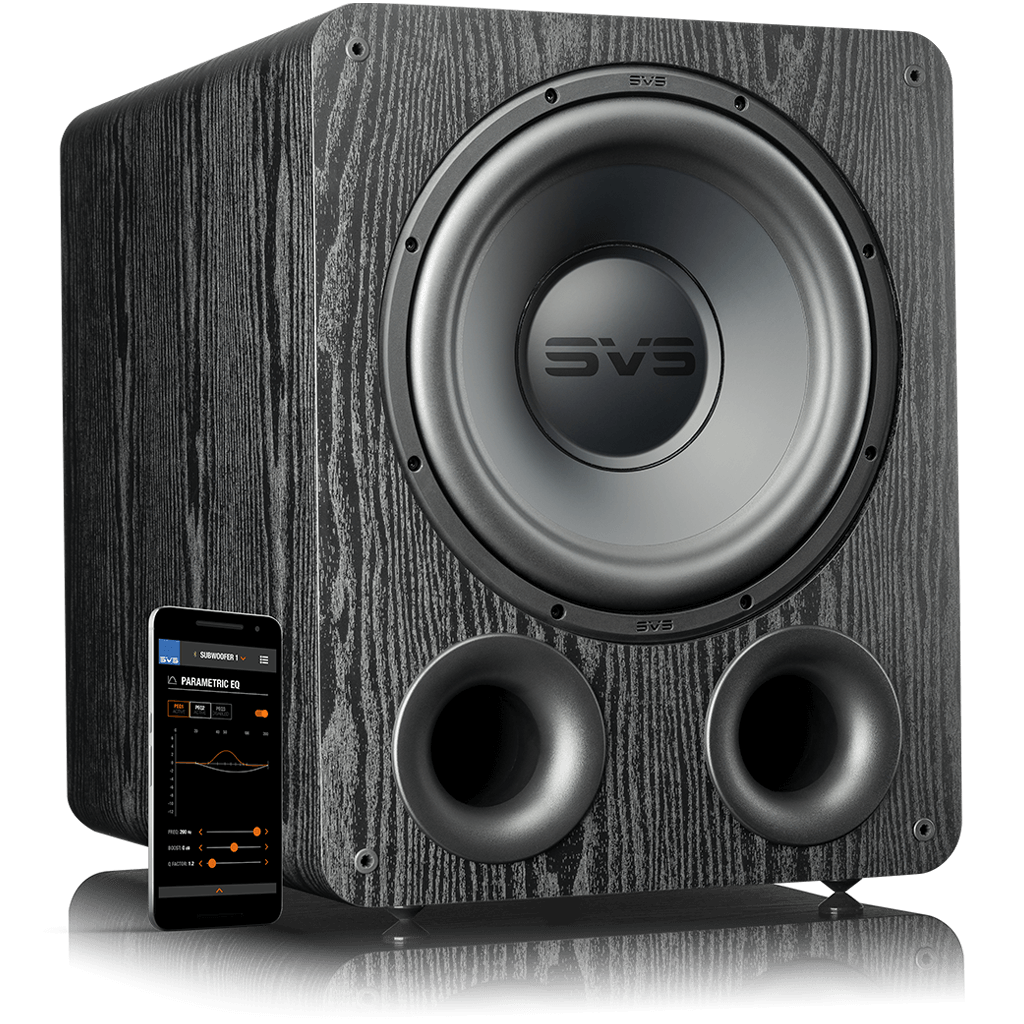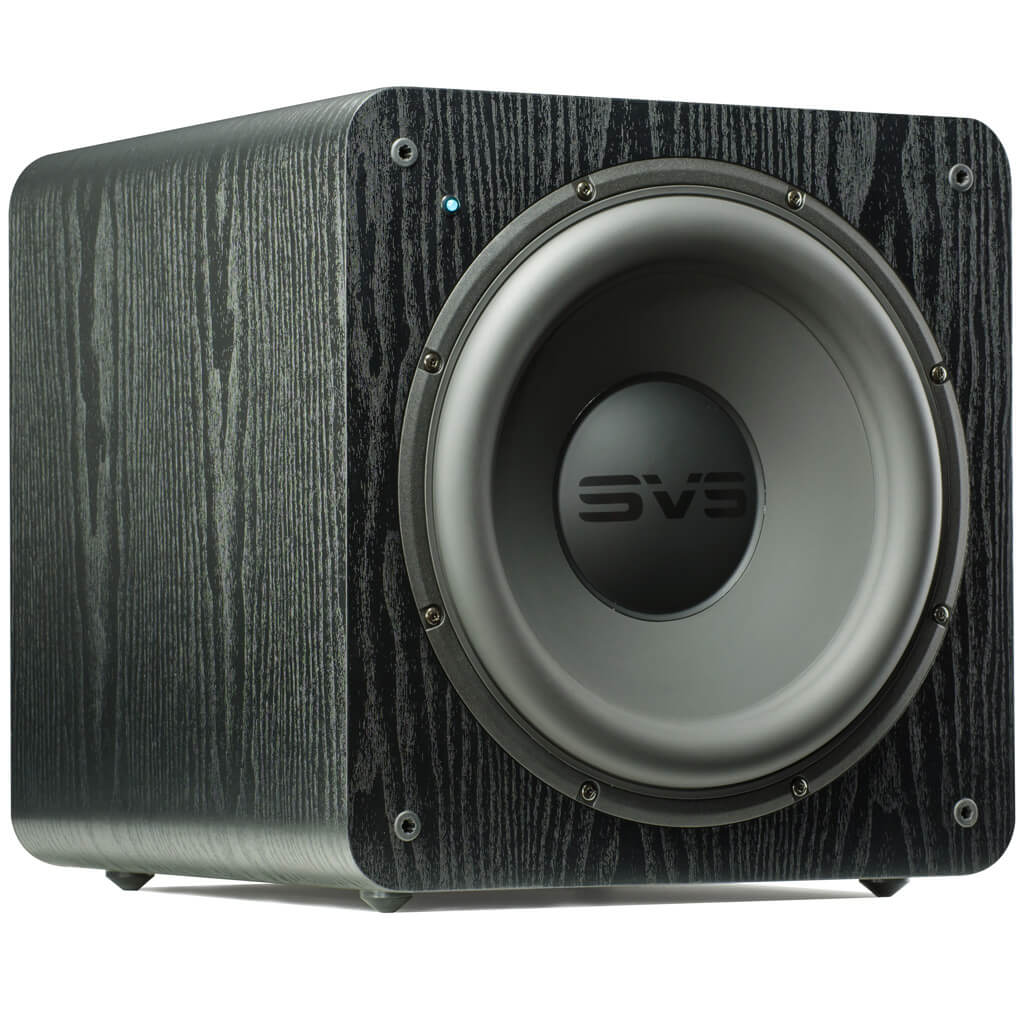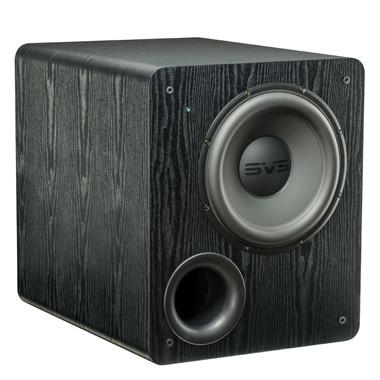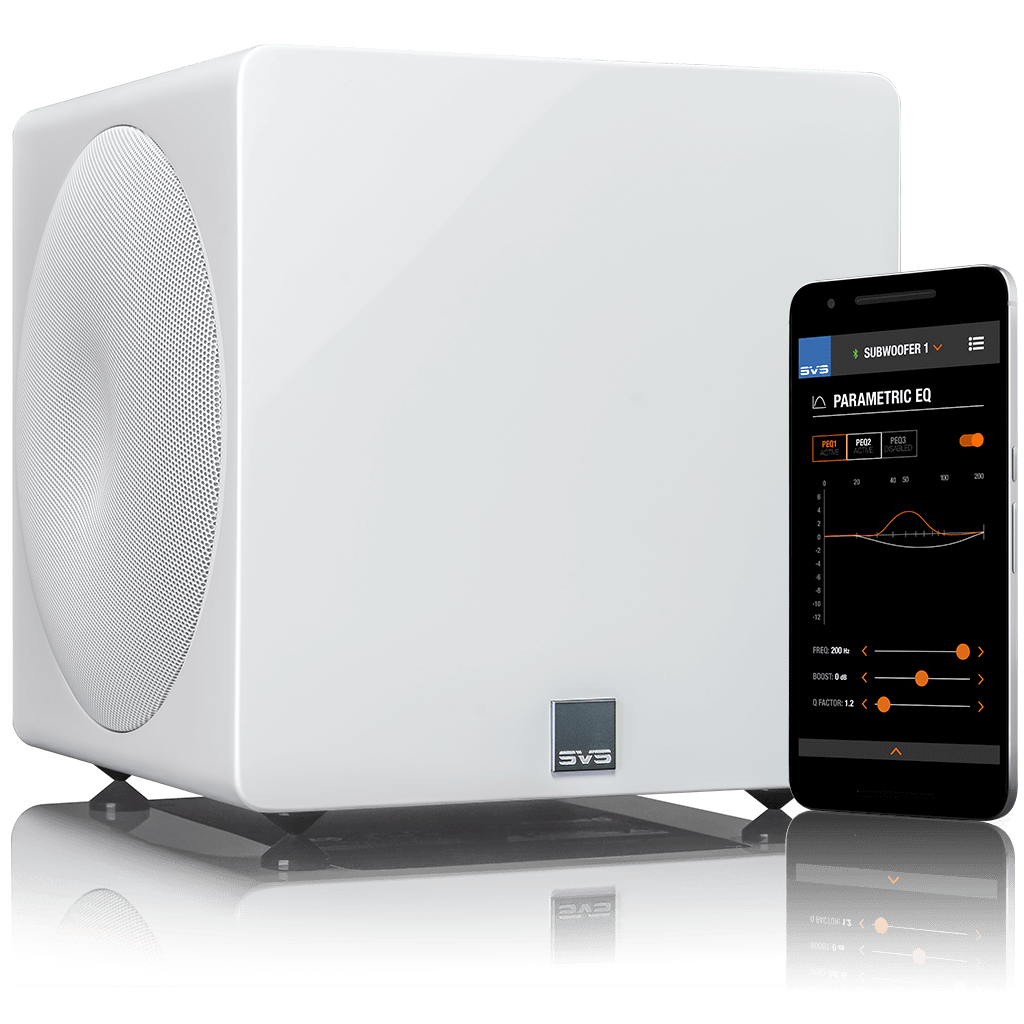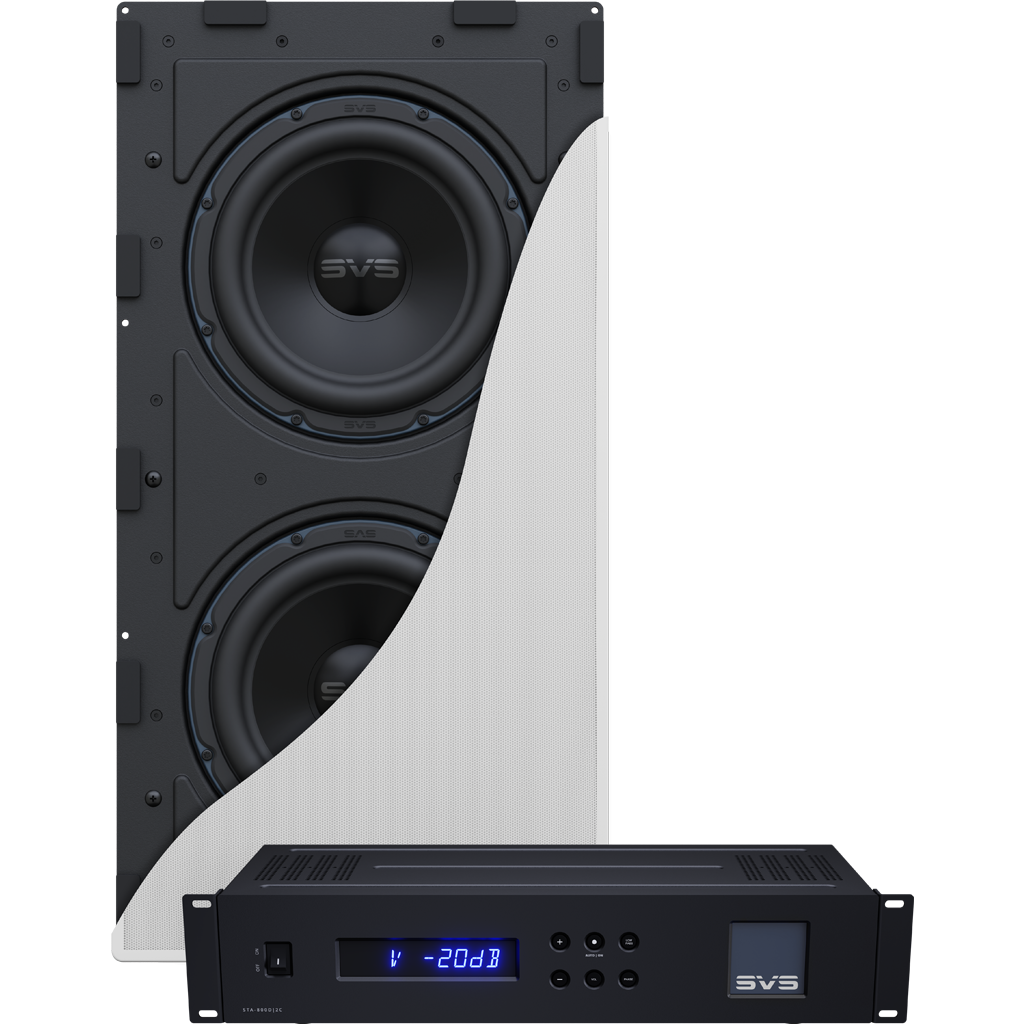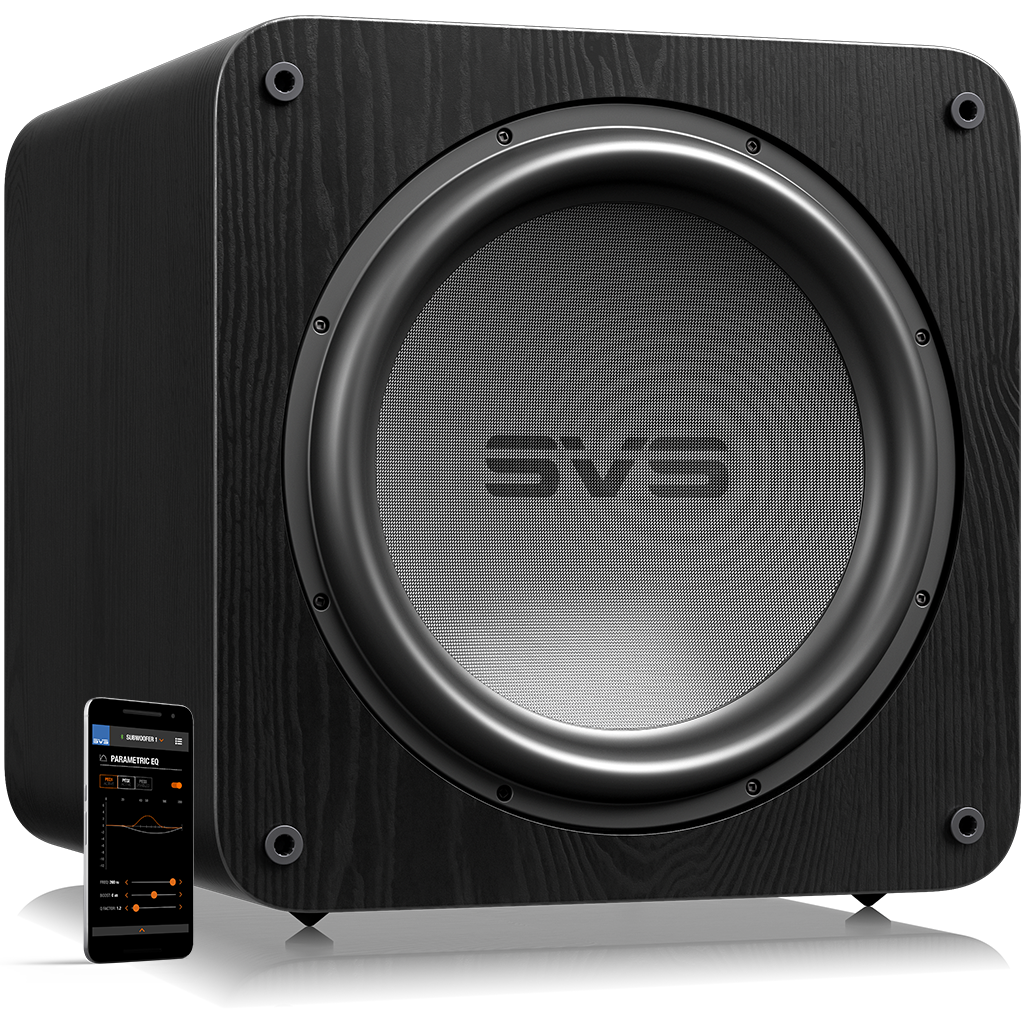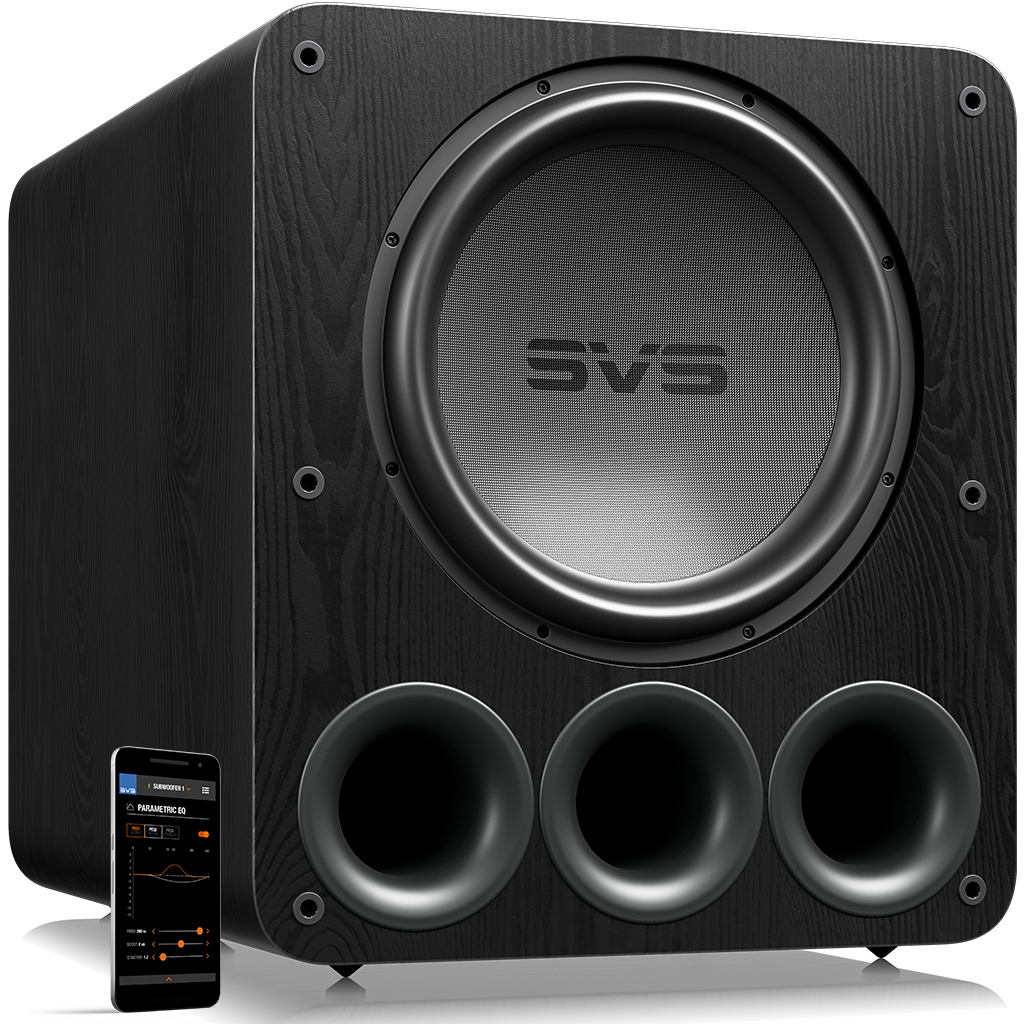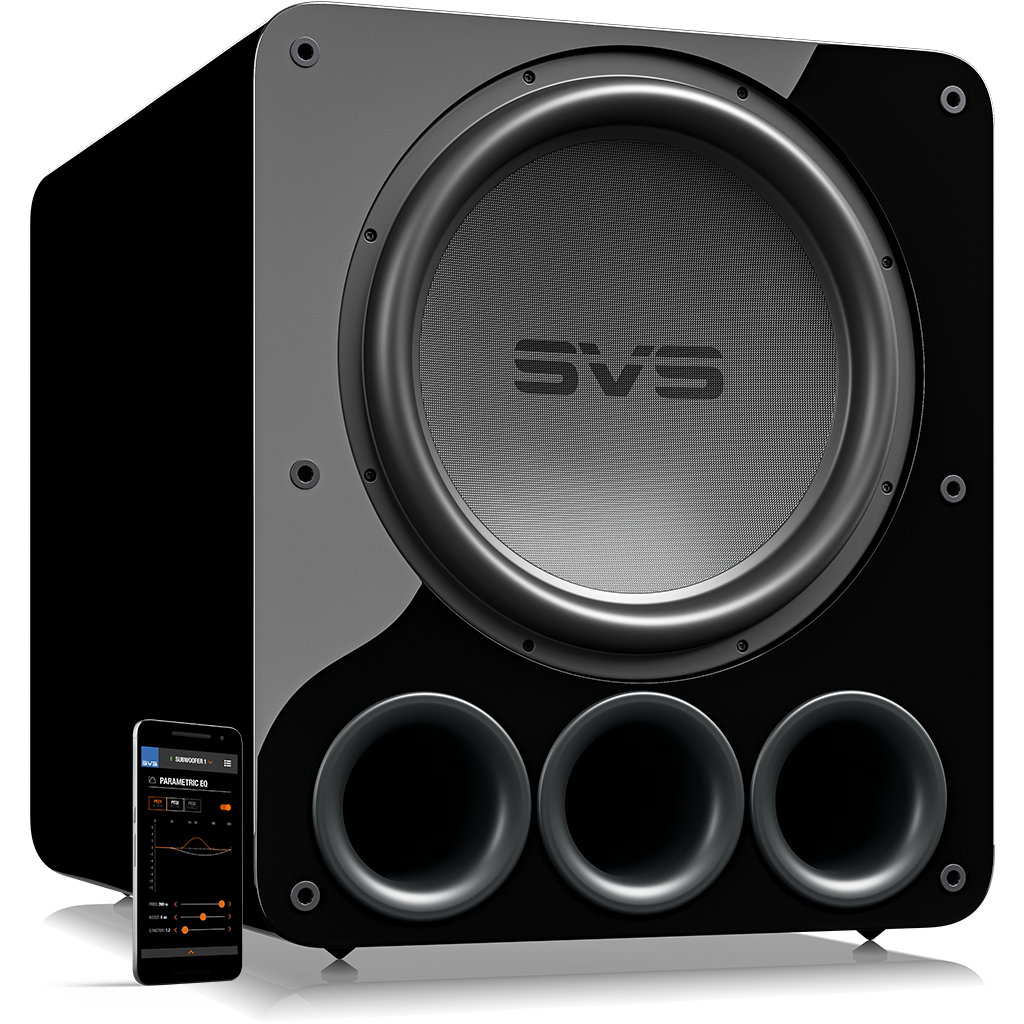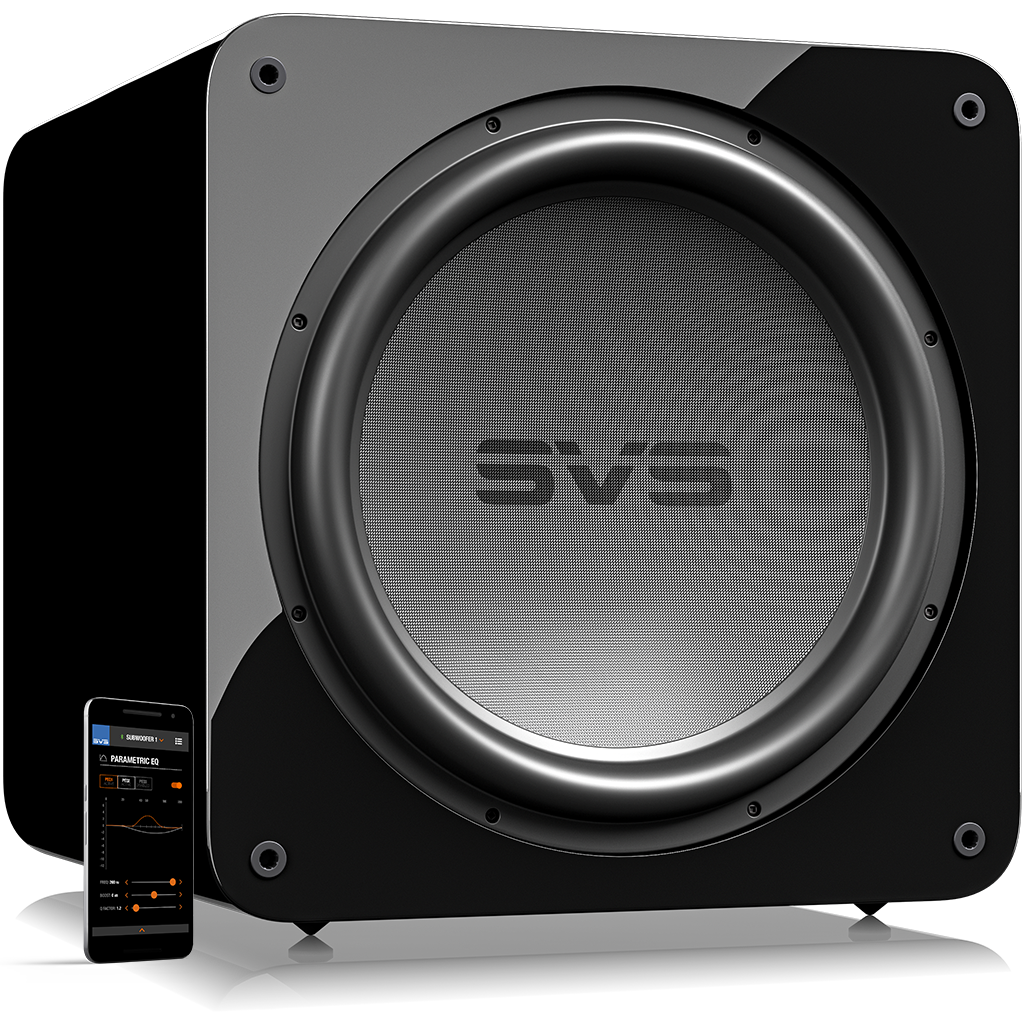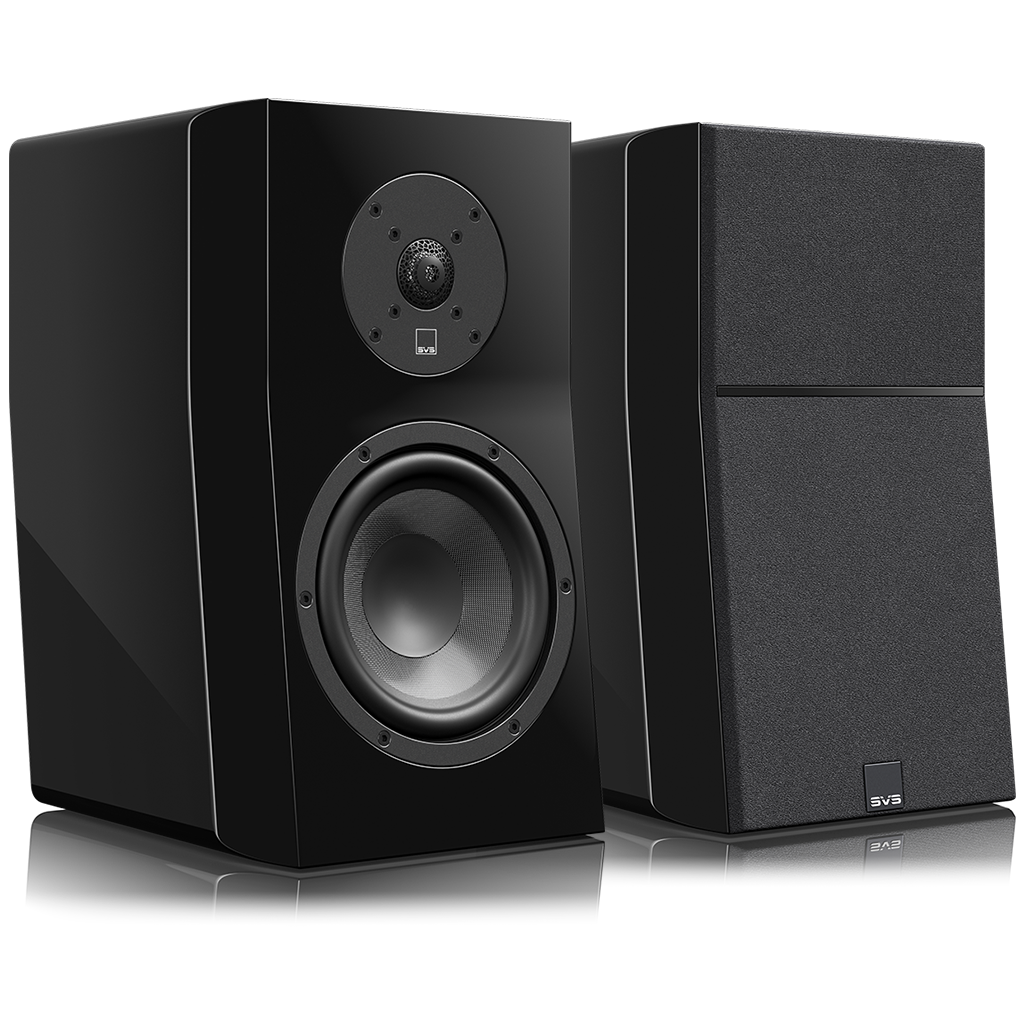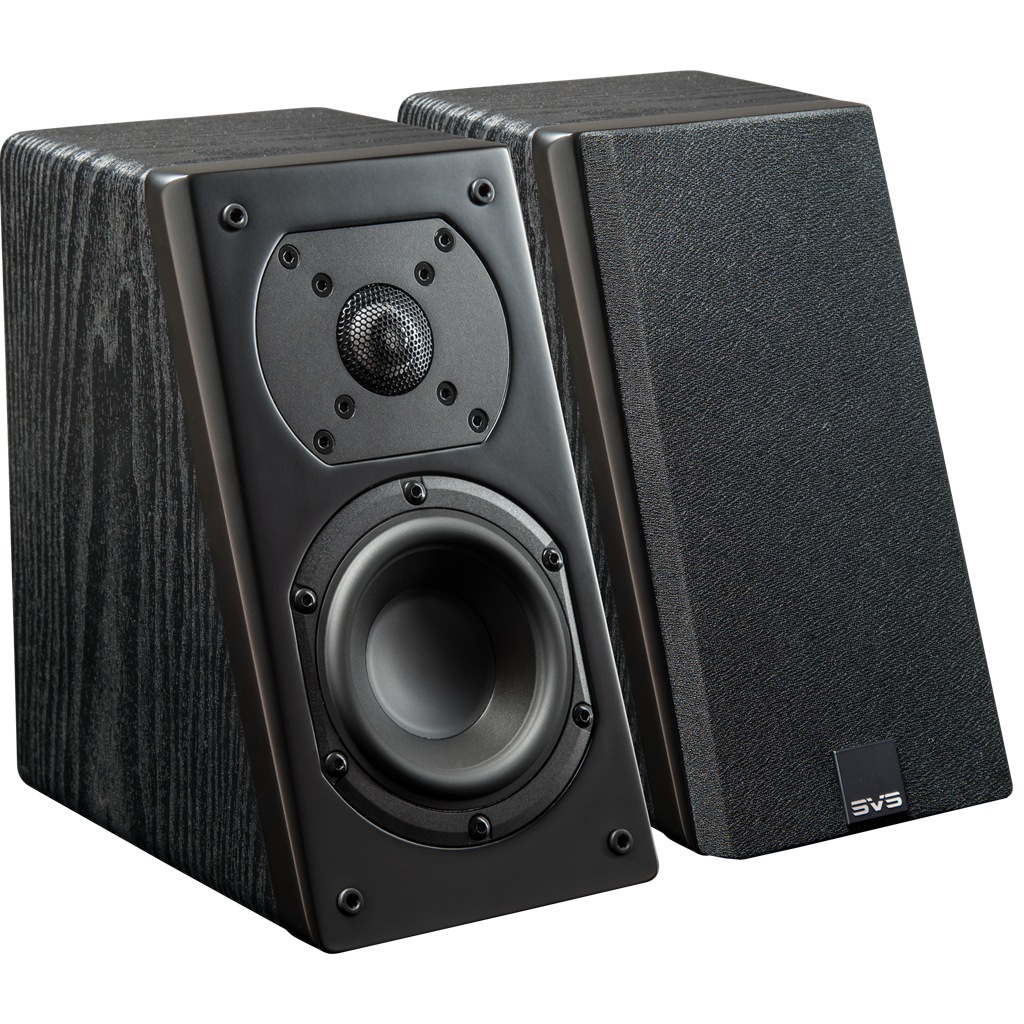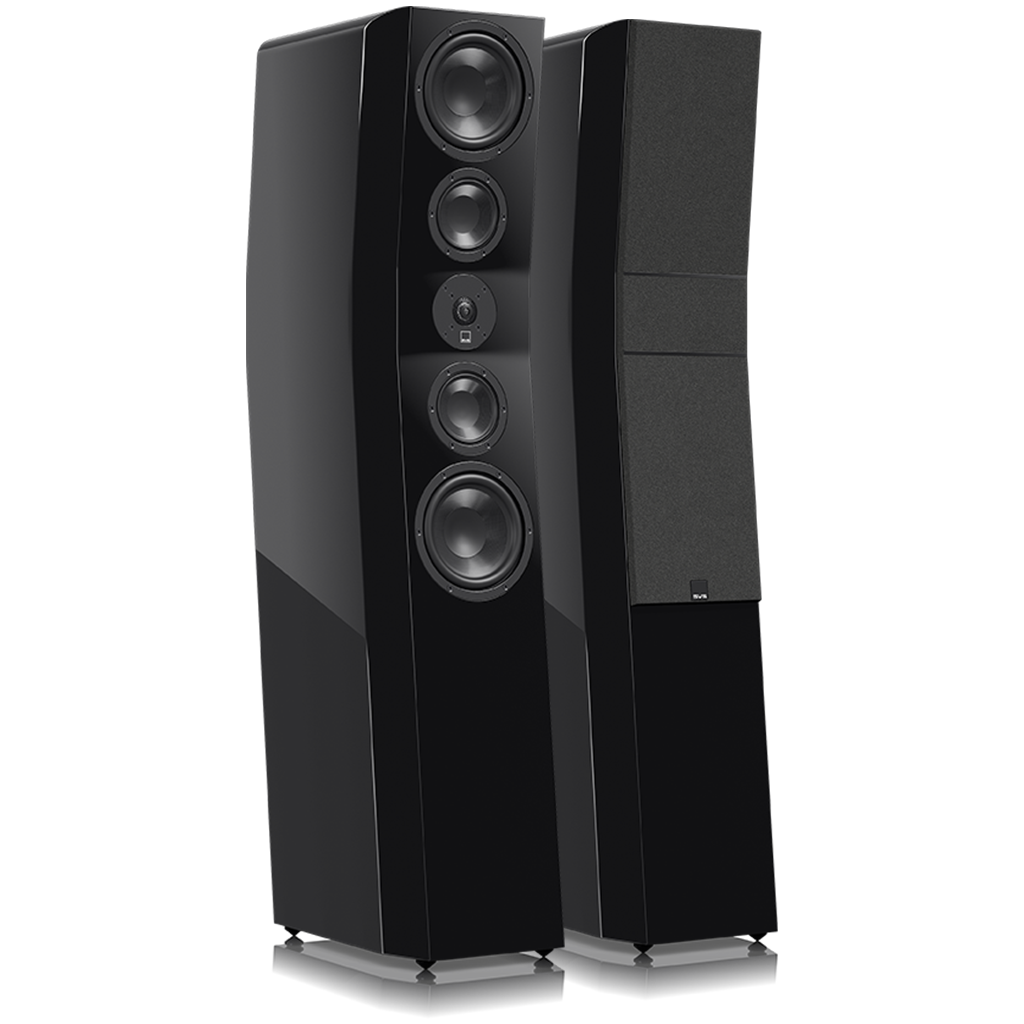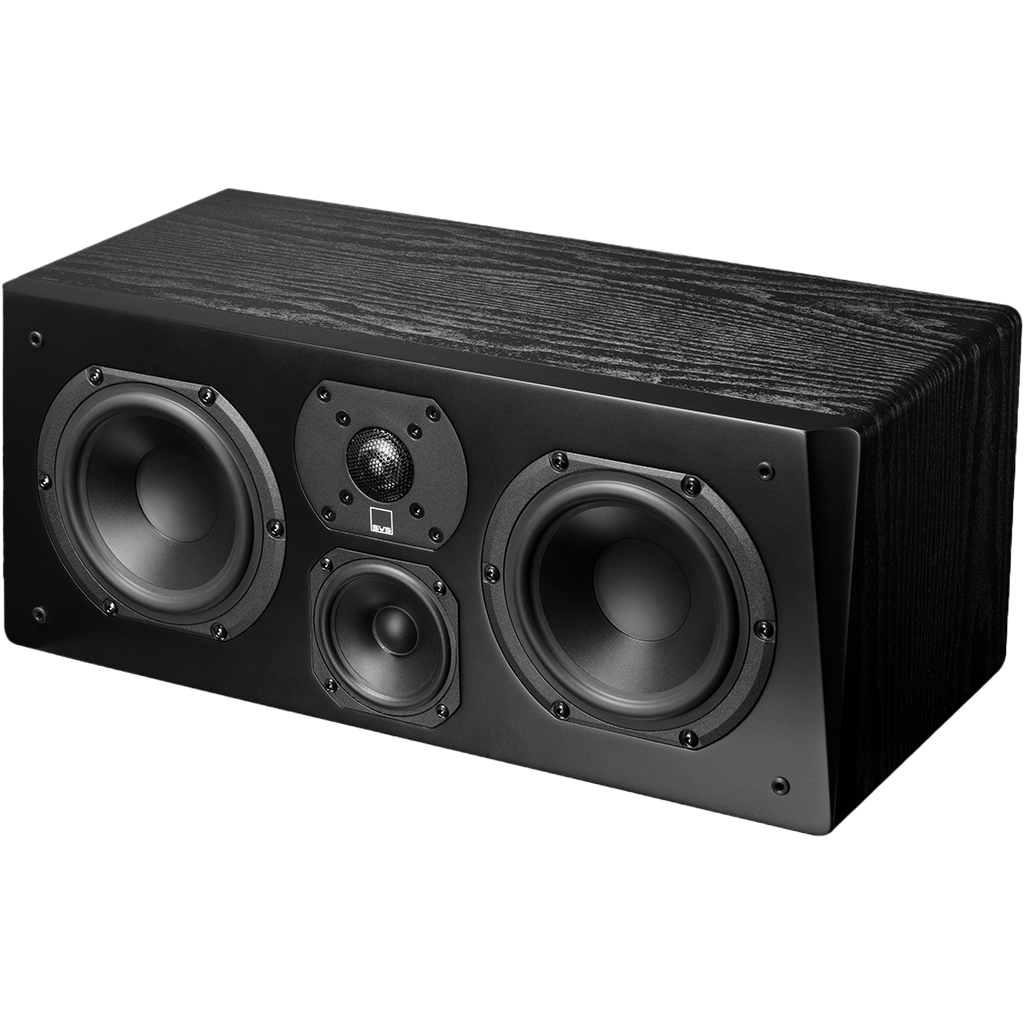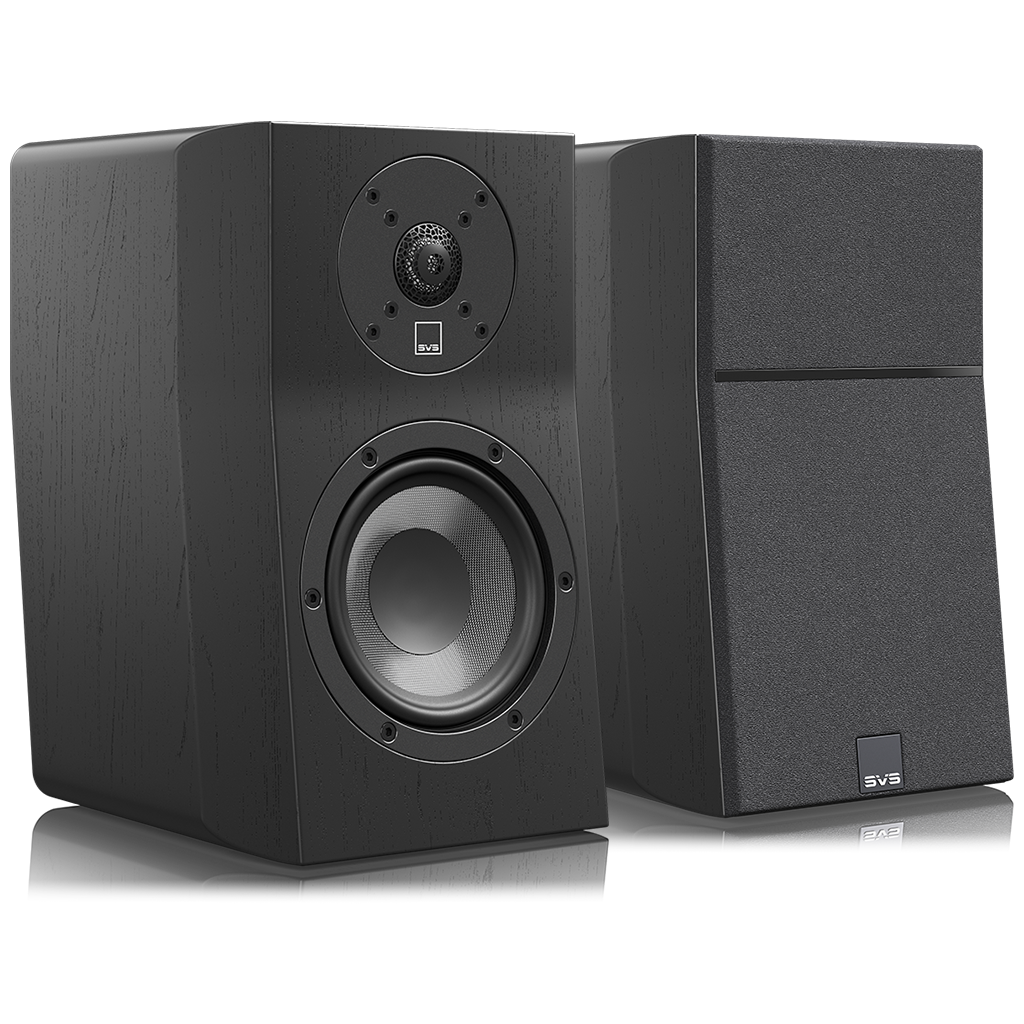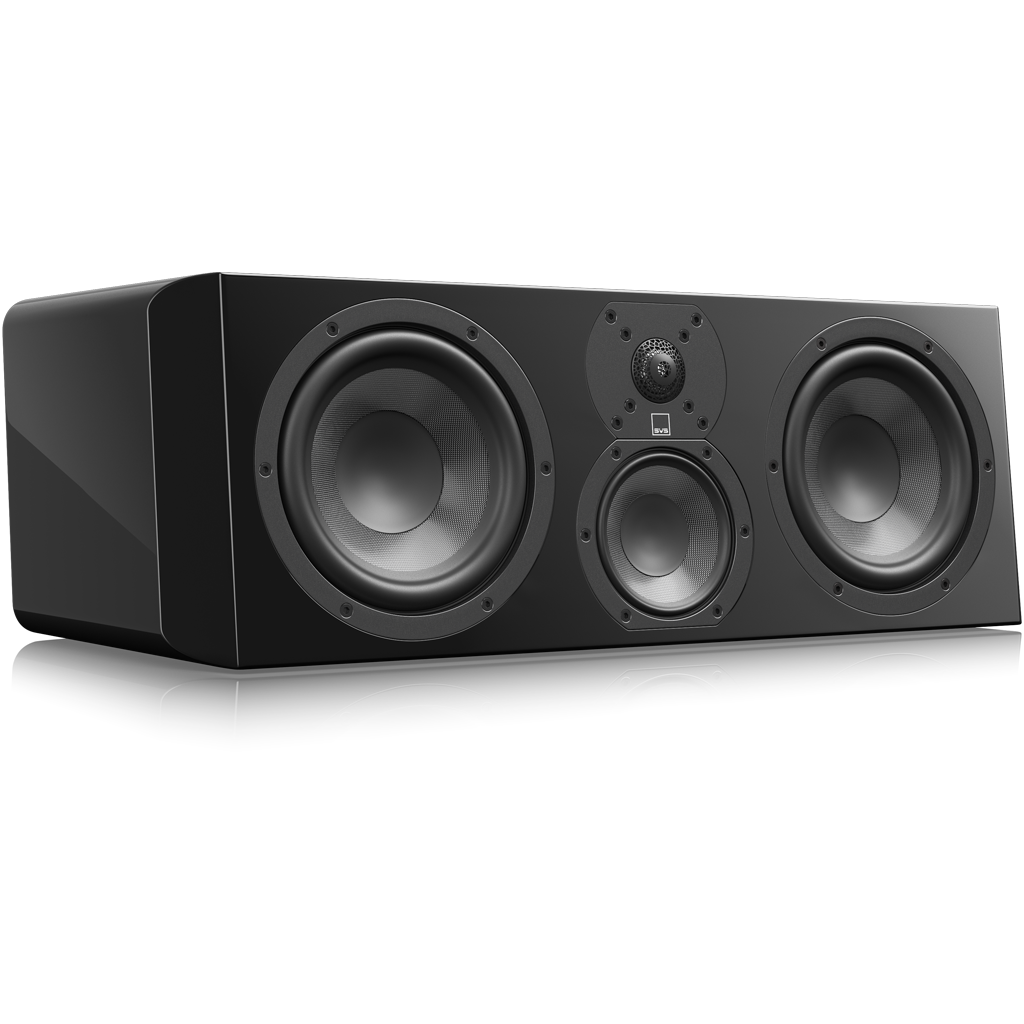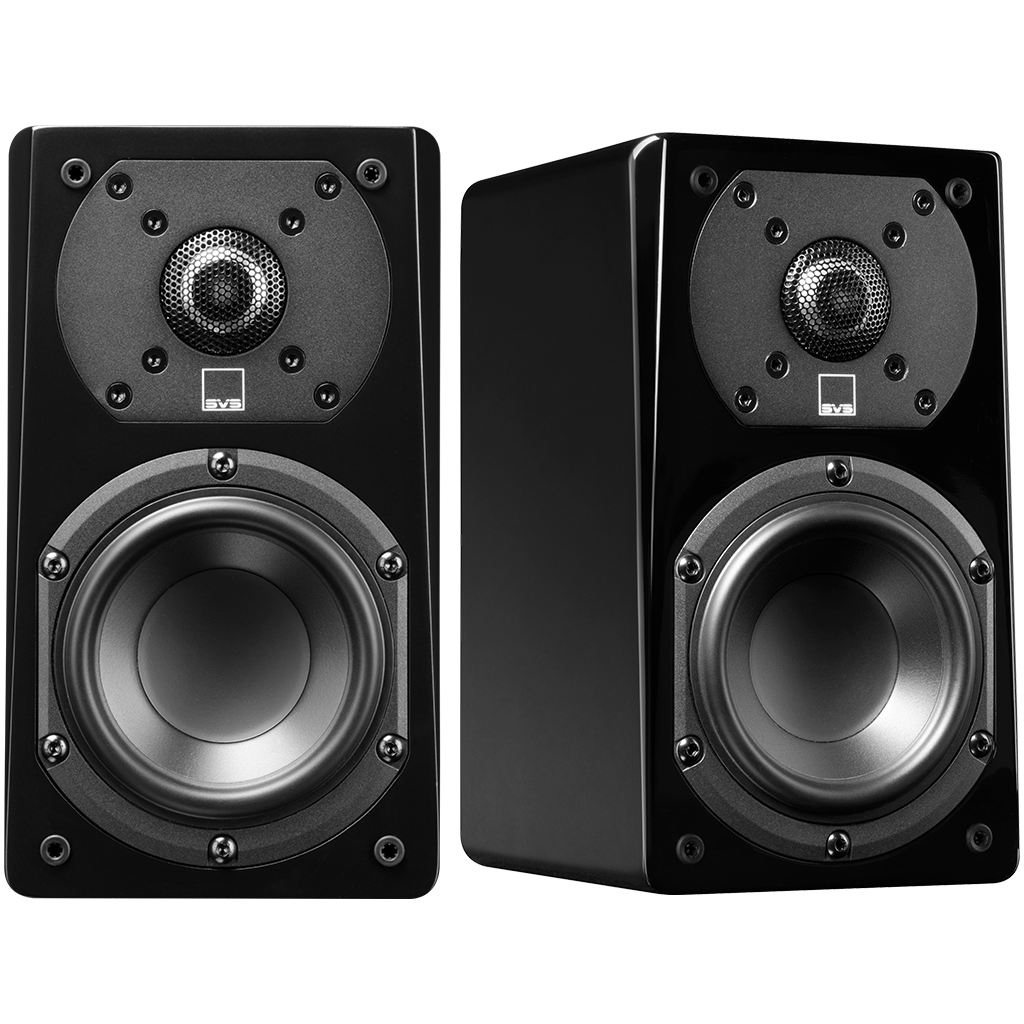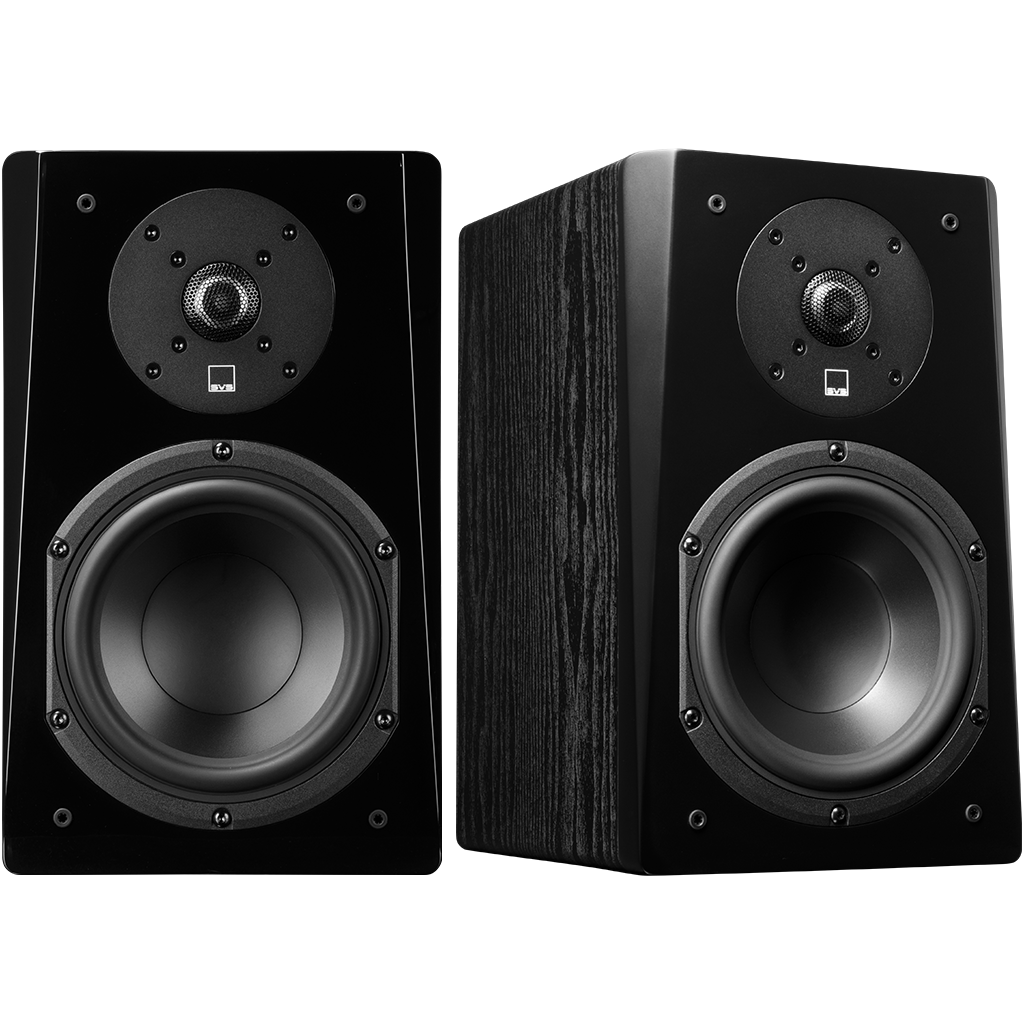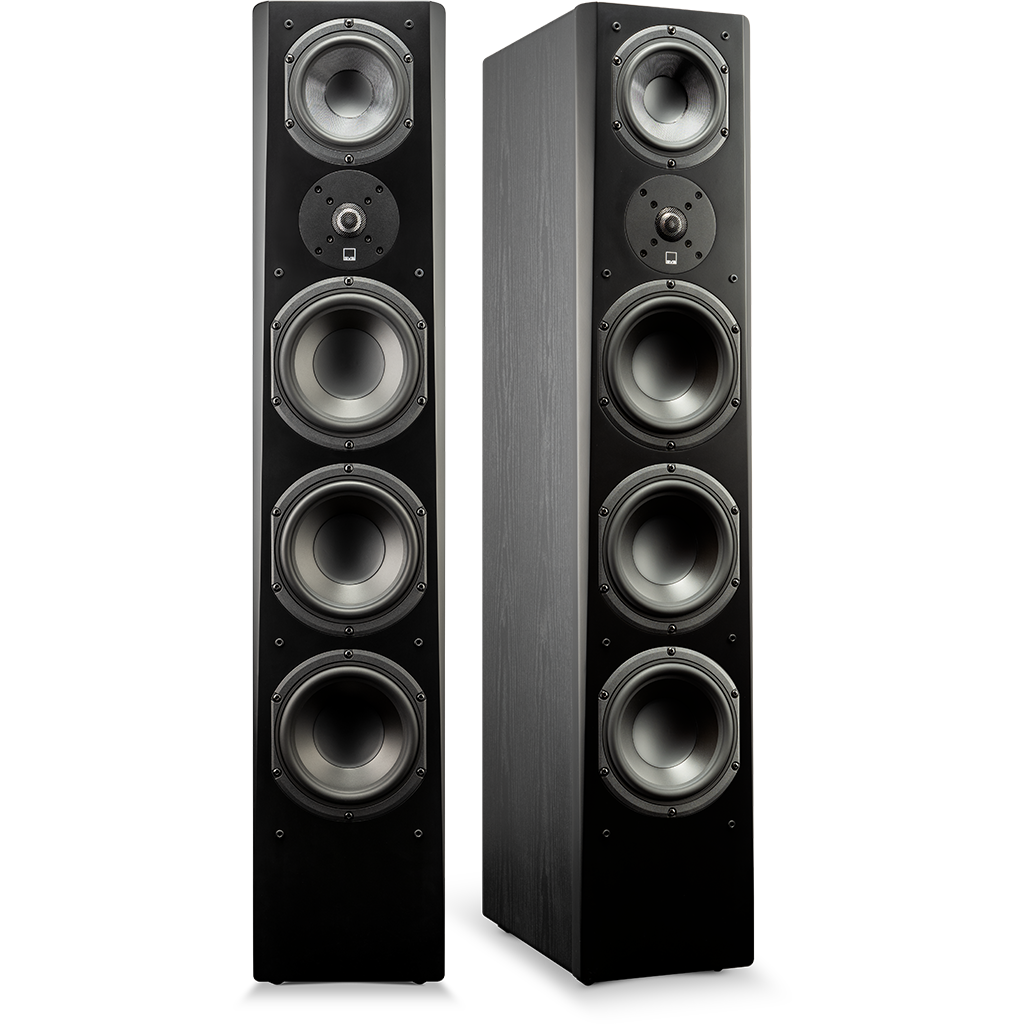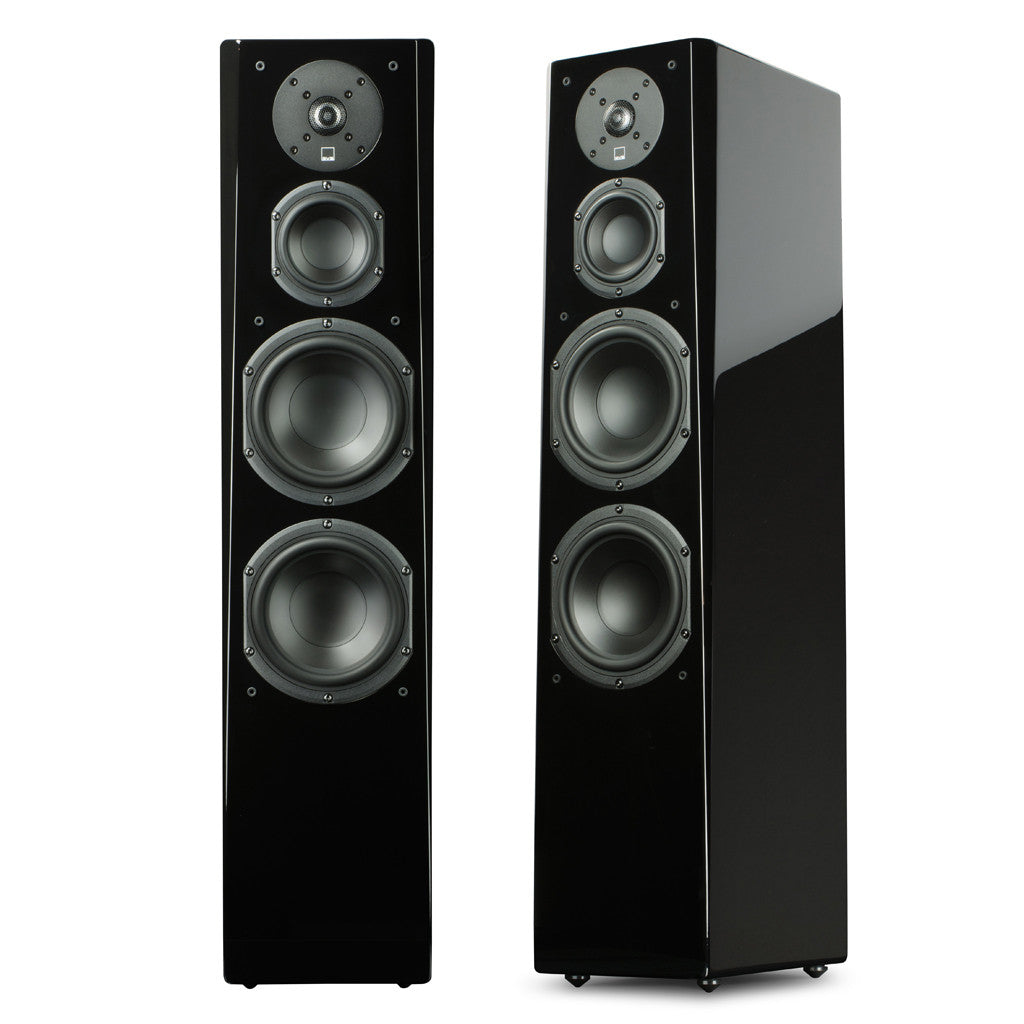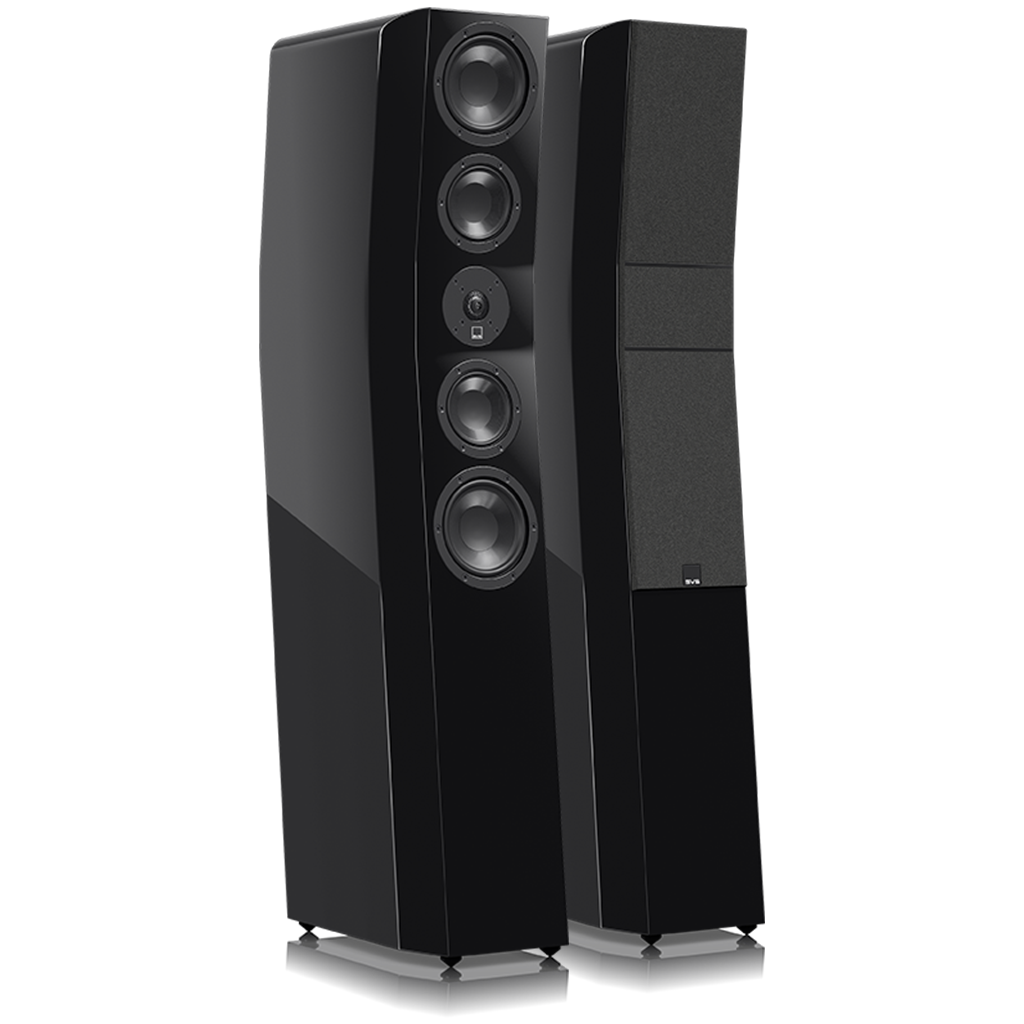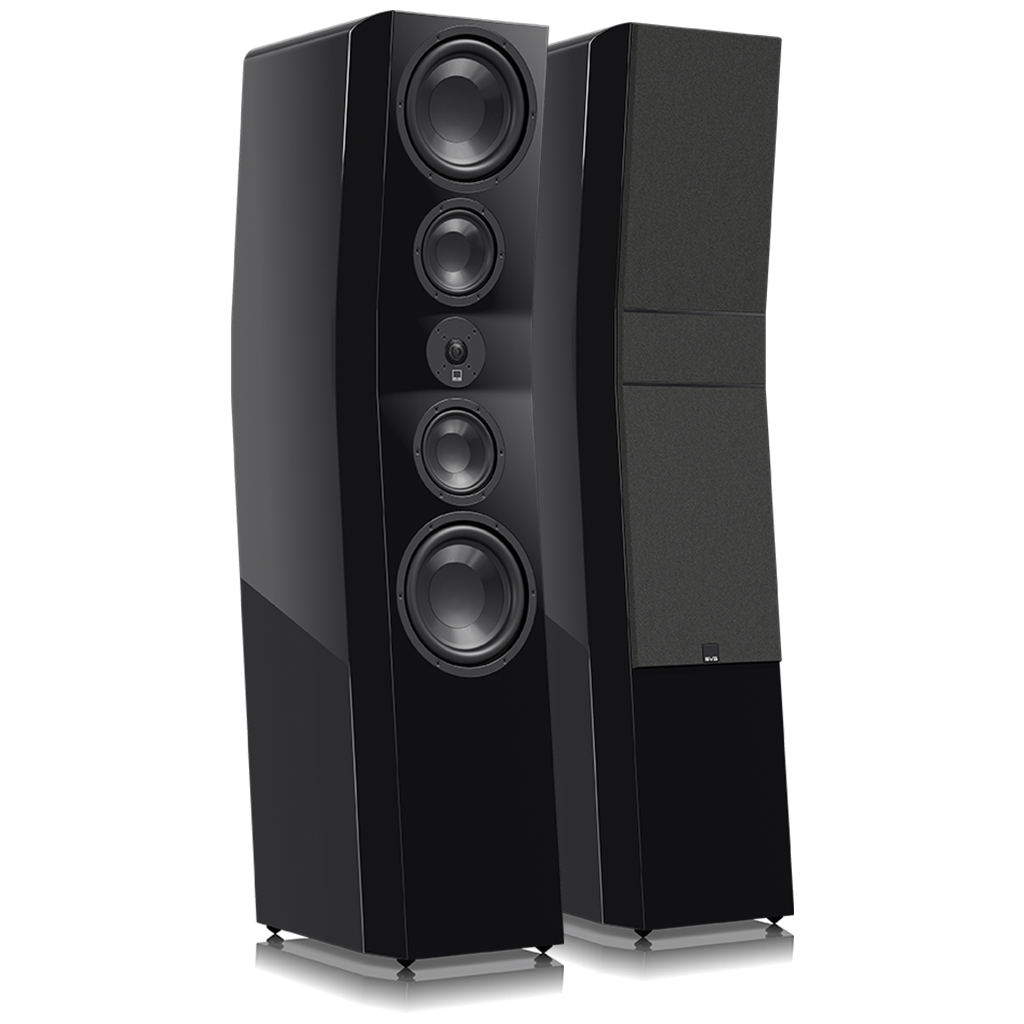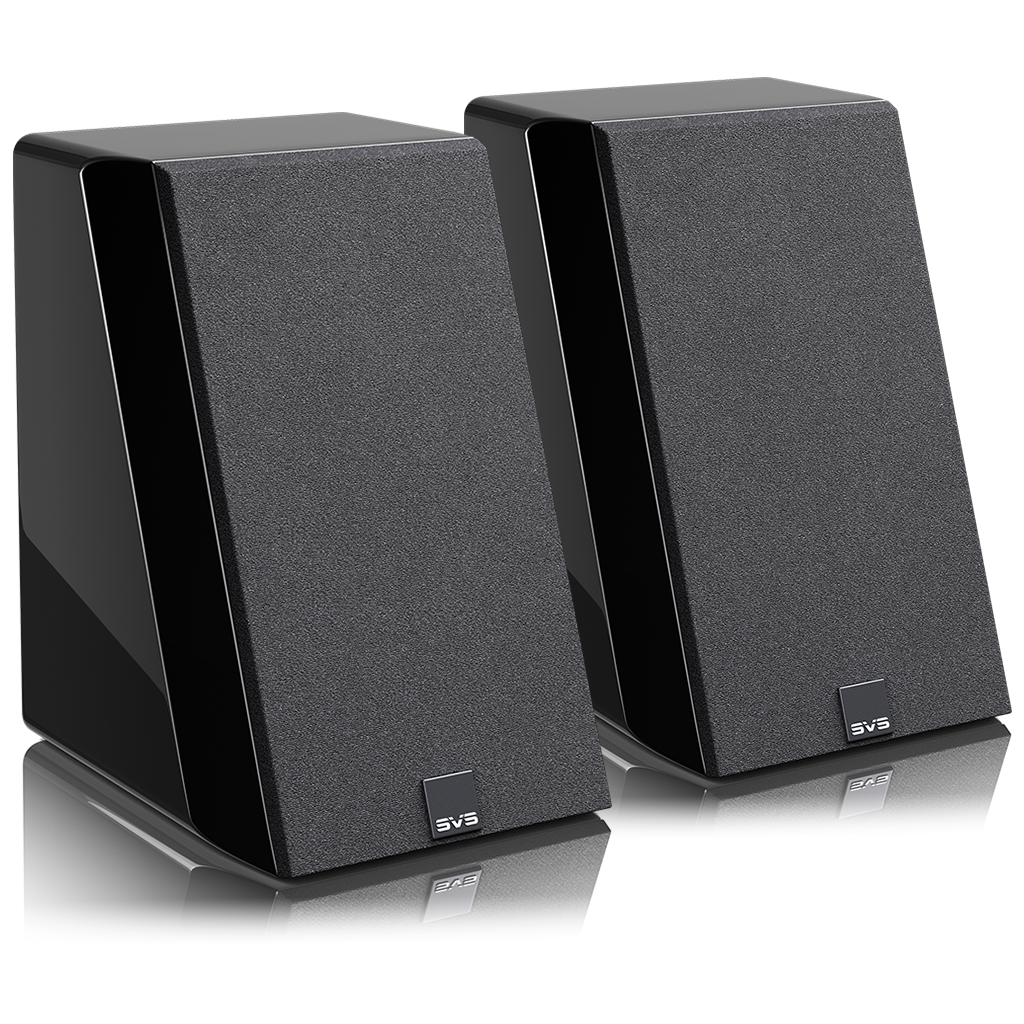Featured Artist System: Nelson Stoll, Production Sound Mixer, Total Recall, San Andreas, Basic Instinct and more
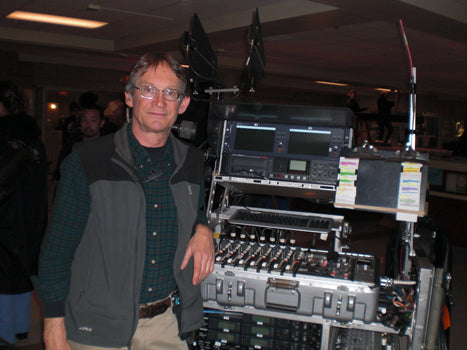
Mastering the music and dialogue for movies and TV shows is one of the most important responsibilities for a sound engineering team working to convey the full emotion and impact of every scene. One of the best in the business is Nelson Stoll, a cinema sound veteran whose impressive credits include: Matrix Reloaded, San Andreas, Total Recall, Mrs. Doubtfire, Basic Instinct, The Cable Guy and many more.
Nelson recently upgraded his personal home theater with a pair of SB13-Ultra Subwoofers and enjoyed it so much, he opted to audition a Prime Bookshelf 2.1 system with an SB-1000 Subwoofer in his professional studio for near-field monitoring. In this exclusive profile, Nelson offers some professional set-up tips and discusses the impact SVS has had on his home theater and his work.
The Setup:
- PS-Audio Elite Plus
- Audioquest Type 4 cables
Questions And Answers:
How are you using the Prime Bookshelf Speakers and SB-1000 Subwoofer when working on movies?
For the production film recording my crew does, we generally monitor on headphones. It is important, however, to playback the audio periodically on a variety of speaker systems, including post production mixing theaters as well as home systems, including quality bookshelf systems like the Prime 2.1 set-up. This insures the recordings sound good over a variety of quality systems encountered by discerning consumers.
For the actual system, I put the Prime Bookshelf speakers to the near field test in my desktop editing/mixing system using a single SB-1000 subwoofer. I powered them with a PS-Audio Elite Plus amp using Audioquest Type 4 cables.
The best home systems are actually more revealing and natural than most commercial theater systems, but we have to be aware of spectral balance differences to insure the widest compatibility between theatrical, home theater and quality two-channel playback. When you monitor over a variety of playback systems, including a good, neutral bookshelf speaker system like the Prime 2.1, you can trust your results with more certainty and make better mixing decisions.
What were your impressions after working with them for a few months?
The first thing I noticed with the Prime Bookshelf speakers was the good neutral balance and clarity on voice and instruments in the midrange. The mids and highs are very good at this price point. This is true of the stereo imaging produced in the near field as well.
I also found the Prime Bookshelf speakers to be a good value for media creation and home studio near field monitoring, providing a lot of “high end” resolution and neutrality at an affordable price point. The Prime Speakers and the mono SB-1000 sub, combined with a good USB DAC, like the FireFly, and a small quality power amp make for very good computer monitoring that you can trust for a reference when mixing stereo sources.
Everyone who heard the speakers was impressed with the overall presentation, especially for the money, and when you add in the SB-1000, it becomes a much better desktop music/editing system with full range capabilities, which pros and enthusiasts can get really excited about! The visiting recordists, musicians and post production mixers have all been impressed with the system. It sounds very real, even in the next room! Keep up the good work.





Are you an audio tweaker at home? What advice can you share about your process?
Yes, absolutely. For the initial audition of my reference Martin Logan Montis speakers combined with the new pair of SVS SB13-Ultra subwoofers, I used a low distortion sine wave signal generator, pink and white noise. When adding the SVS subs, I was mostly concerned with the frequency response at the crossover point and the time alignment of the two systems. I also used reference recordings of descending acoustic and electric bass, noting frequency response and integration of the leading edges of the transient attacks. My decades of live recording helped with this process, of course.
At first, the bass was very muddy and smeared and by the end of the process it became smooth, integrated, clean and natural. The Sound Experts at SVS really helped with documentation of the group delays at the settings I was using so I could physically align the speakers to minimize offset. The SVS phase control helped to tweak the alignment. So far I have not done final speaker and room analysis, this will wait until I install the computer music server in the listening room and use Dirac live to finish off the final frequency and time alignment. I’ll be curious how much better it sounds, as it sounds great right now, even with the slight response anomalies.
Why is deep, accurate bass important to your profession and sound quality in general?
Accurately hearing the bottom couple of octaves is invaluable when analyzing recording techniques as well as in playback, whether mixing or mastering. The 20hz to 100hz range sets the foundation for timbre accuracy for the whole instrument, whether a tenor voice, acoustic bass, orchestra or even hall ambience. Most full-range, and all smaller monitors, will benefit from the accurate bass reproduction the best subwoofers can add.
How has the SB13-Ultra Subwoofer paired with your electrostatic speakers in your home theater system?
I was pleasantly surprised how easy the SVS SB13-Ultra subwoofers were to integrate into my system using the Martin Logan Montis electrostats. The Montis are very fast and transparent and their bass driver has the speed to match the panels, making it very hard to add subs without an obvious discontinuity. Not with this combination, though! Descending bass lines go all the way down below 20hz while feeling they are all cut from the same cloth as the upper bass. The bass remains extremely clean, making critical microphone placement and mixing decisions a lot easier, especially when combining bass DI tracks with microphones for acoustic bass, as is many times the case in live recordings.
Using stereo subs is usually a big improvement as well. As well as the additional power and control, having the stereo subs smooths out the room nodes and provides improved stereo localization for the bass instruments. The SB13-Ultras also allow the Montis based system to play at louder realistic levels, providing a more immersive experience with a proper foundation. Congrats to SVS for designing world class subwoofers at a reasonable cost, a rare and impressive accomplishment!






